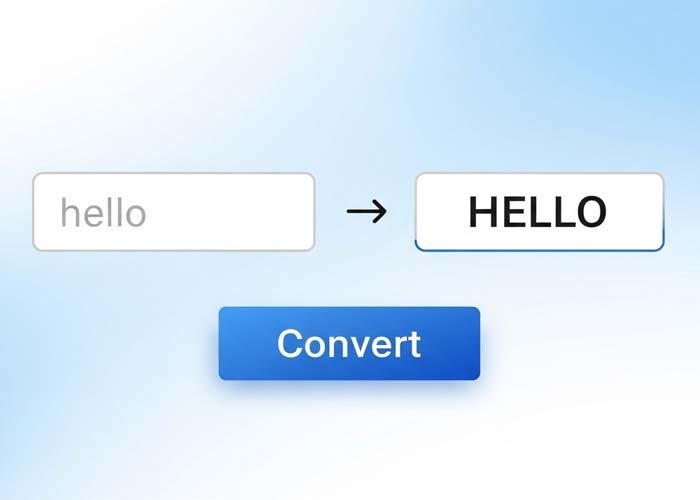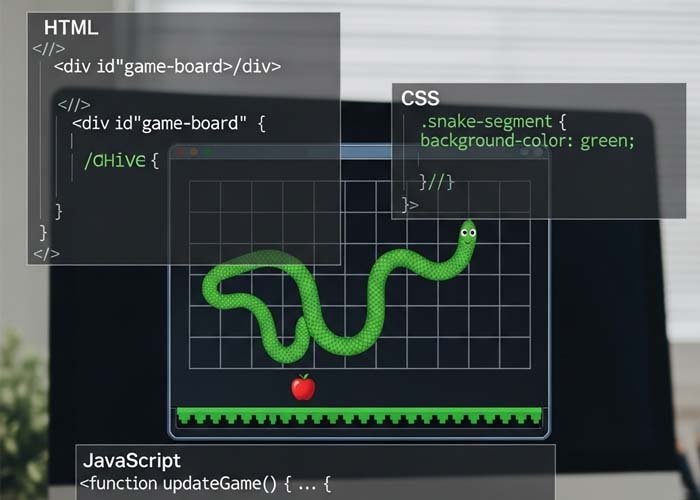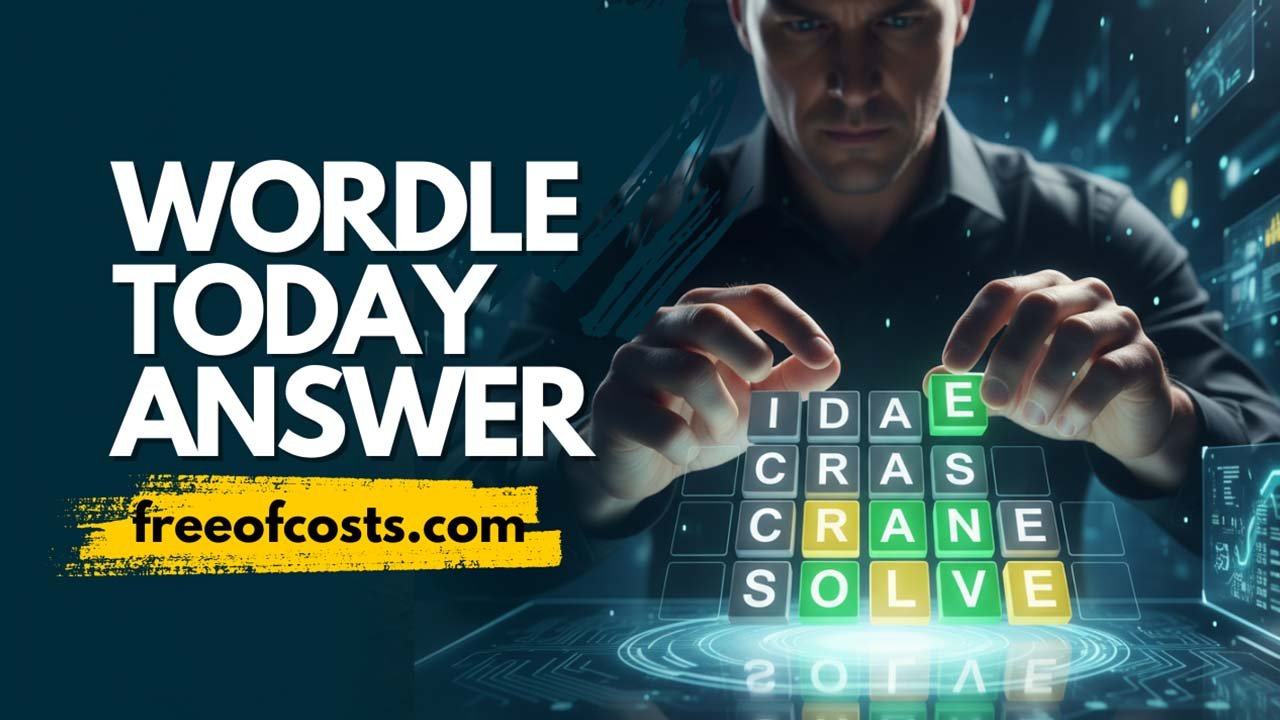Animated Transaction Card UI with HTML & CSS
Creating dynamic UI elements using only HTML and CSS can significantly enhance your web development skills. This blog post explains how a modern, animated transaction card interface works — entirely coded without JavaScript. It features a responsive layout, interactive animations, and engaging transitions, ideal for showcasing financial or transactional data in a stylish way.
Project Overview
This project builds a two-part interactive container. On the left side, it simulates a card reader/post machine, while the right side displays a “New Transaction” label and arrow. The interaction is designed to mimic inserting a card and generating a printed receipt or post.
The interface responds to hover actions, meaning it activates when a user hovers their cursor over the main container.
Left Side: Card & Post Simulation
The left section visually represents a simplified version of a card machine and receipt printer:
The Card is a small rectangle styled with color and shadows to simulate depth. When hovered, it slides upward and rotates — mimicking card insertion.
The Post (or Receipt) appears from below, sliding upward as if printed out.
Animated elements, like buttons and screen indicators, are added for realism.
The dollar sign ($) in the screen area appears with a delay and fade-in effect, enhancing the user experience.
These behaviors are controlled using CSS animations and keyframes, all triggered on hover using simple class selectors.
Right Side: Transaction Panel
The right section displays a label called “New Transaction” and an arrow. When the container is hovered:
The background of the right panel subtly changes.
The label and arrow guide the user visually, signaling interaction and flow.
This layout supports responsiveness, ensuring it works on different devices, including smaller screens. Media queries scale the layout and font sizes to maintain usability and aesthetic consistency.
Key CSS Concepts Used
1. Flexbox Layout
The container uses Flexbox to align the left and right panels side-by-side. This makes it easy to adjust widths and layout properties dynamically.
2. Hover Animations
Hover triggers are used to apply animations to specific parts of the layout. When the container is hovered, it activates movement in the card, post, and text.
3. Keyframe Animations
Two custom animations are used:
One slides the card upward while rotating it.
The other moves the post/receipt into view from below.
These animations use easing functions like cubic-bezier() to create smooth and realistic transitions.
4. Box Shadows & Gradients
Visual depth is achieved using shadows and layering, helping the elements appear 3D or floating. This makes the interface more engaging.
5. Responsiveness
The layout adjusts to smaller screen widths via media queries, scaling down the entire container and adjusting font sizes to retain readability.
Learning Value
This example teaches you how to:
Use hover states to trigger advanced animations
Combine Flexbox and absolute positioning effectively
Design responsive components using only HTML and CSS
Animate elements in sequence using delays and keyframes
Simulate physical UI behavior (e.g., inserting cards) with visuals
It’s a great exercise for beginners learning animation or for designers looking to prototype without JavaScript.
Conclusion
The animated transaction card interface is a perfect showcase of how far you can push CSS to create professional, engaging UI components. Whether you’re building a finance dashboard, e-commerce app, or just want to improve your skills, this project demonstrates the power of CSS in motion design.
This code uses HTML and CSS only — no JavaScript included.
Copyright – 2025 Admin12121 (Vicky Tajpuriya)
Permission is freely granted to anyone who obtains a copy of this software and its accompanying documentation files (referred to as “the Software”), allowing them to use, copy, modify, merge, publish, distribute, sublicense, and even sell copies of the Software. Additionally, users are allowed to permit others to use the Software under these same terms.
It is required that the above copyright notices and this permission notice be included in all versions or significant portions of the Software.
Please note, the Software is provided “as is”, without any form of warranty—express or implied. This includes, but is not limited to, warranties of merchantability, fitness for a specific purpose, or non-infringement. Under no circumstances shall the original authors or rights holders be held responsible for any claims, damages, or other liabilities that may arise from the use of the Software, whether through legal action, negligence, or otherwise.
All code on Freeofcosts.com is reviewed before publishing. Each post includes a live code editor with real-time preview, so you can experiment and learn by doing. Most code is open-source and free to use or modify under respective licenses.



